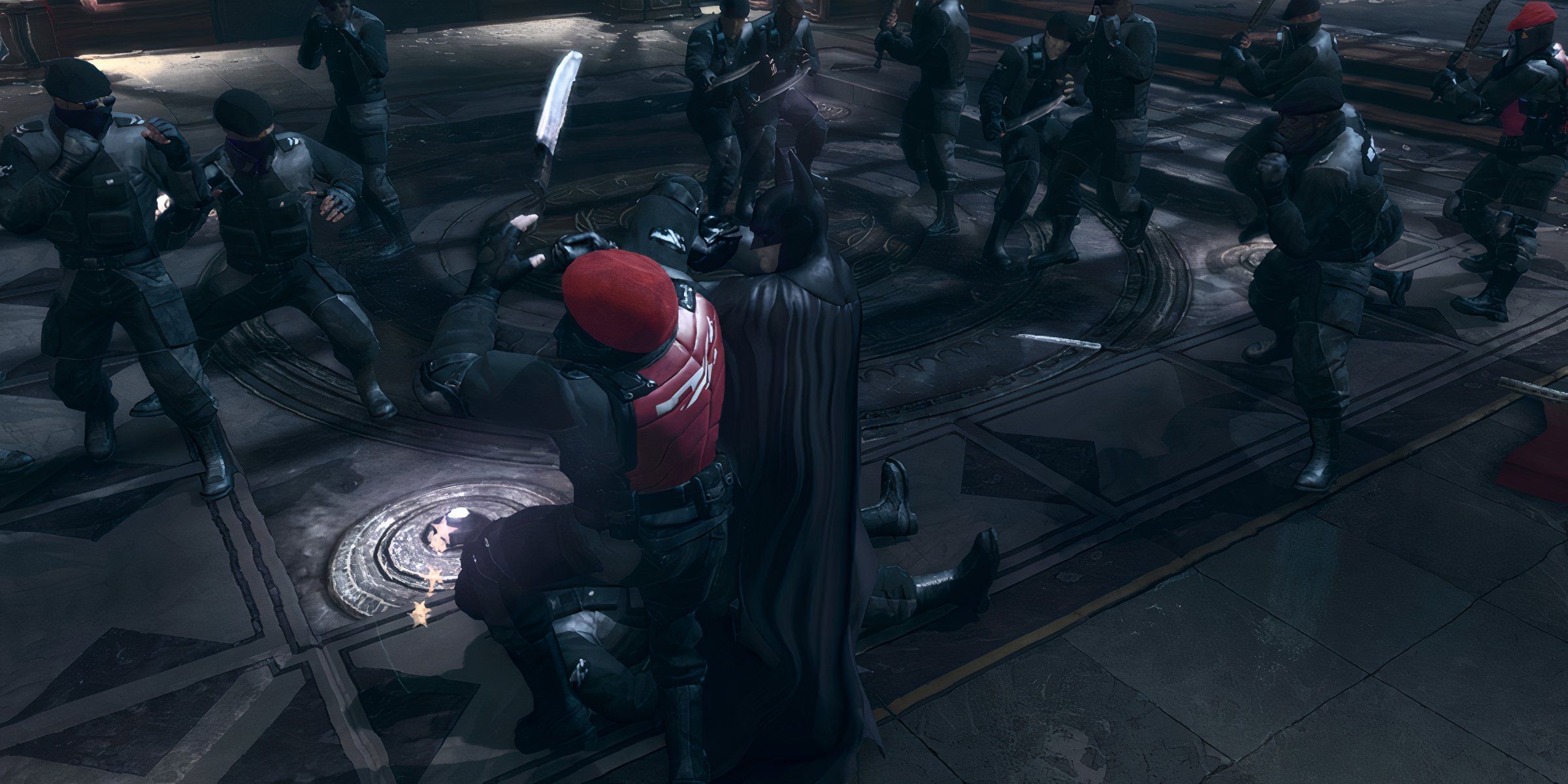WWW.ARCHDAILY.COM
Innovations in Public Spaces: Gardens, Plazas, and Landscape Parks of 2024
Innovations in Public Spaces: Gardens, Plazas, and Landscape Parks of 2024Presented by:Save this picture!Beitang Street Section of the Grand Canal in Wuxi / ShangHai Daguan + Zebai Landscape. Image Jin XiaohuiIn a quest to enhance and attract new natural experiences to city centers, the design, planning, and revitalization of certain urban spaces align with strategies aimed at improving the quality of life for residents while maintaining a connection with nature rooted in the local landscape. Through technical solutions for wastewater treatment and stormwater drainage, improved accessibility, incorporation of recreational activities, introduction of native vegetation, and more, numerous parks, plazas, and gardens are integrated into urban and rural fabrics. These efforts seek to filter pollution, purify the air, address social issues, and promote experiences that foster connections between nature, biodiversity, and society.During 2024, various architectural practices worldwide have been developing public space projects that consolidate areas for gathering, leisure, and the extension of nature, aiming to revitalize, renew, and/or connect sites for the community's enjoyment and well-being. While projects such as the Simone Veil Bridge, designed by OMA / Rem Koolhaas and Chris van Duijn, or the Polinature installation by Belinda Tato and Jos Luis Vallejo of Ecosistema Urbano have already been inaugurated to introduce new urban spaces or address the effects of climate change, strengthening the relationship between humanity, the built environment, and nature remains a long journey ahead, looking toward 2025 and beyond. Numerous initiatives, innovations, and tools are yet to be explored, aiming to create attractive, livable, and sustainable environments where people can contemplate and reconnect with nature.Below, discover the projects of parks, squares, gardens, and public spaces built in urban environments during 2024. Related Article Contemporary Public Spaces: 11 Projects That Inspire New Ideas Villahermosa Boardwalk / Taller de Arquitectura - Mauricio Rocha + TaAU + Alejandro CastroSave this picture!The urban and architectural proposal for the Malecn de Villahermosa in Mexico aimed to restore the connection between the population and the natural environment of the Grijalva River. Spanning 6 linear kilometers on both sides of the river, the intervention included a pedestrian walkway with panoramic views of the river, various recreational and sports areas, children's playgrounds, pavilions, and buildings for restaurants and kiosks, all harmoniously integrated with the natural landscape.Bentway Staging Grounds / Agency-Agency + SHEEEPSave this picture!Bentway Staging Grounds is a new public infrastructure located in Toronto, Canada, that merges art and education, public space, and experimentation. It repositions the unused space beneath the Gardiner Expressway as an environmental regeneration area. This transformation turns the vacant space into a living laboratory aimed at educating visitors about urban ecology and stormwater management.Piazza Matteotti Public Gardens / Pool landscapeSave this picture!The proposal for the requalification of the public gardens of Piazza Matteotti reimagined a historic early 20th-century site, altered by subsequent interventions, to restore a new identity to the entrance of the historic center of Castiglion Fiorentino (Arezzo, Tuscany). The design focuses on simplifying and prioritizing the elements of the space, with vegetation taking center stage as the main feature.Jingyue Central Park / SHUISHISave this picture!Jingyue Central Park, known as the "ecological green lung" of the Jingyue High-Tech Zone in Changchun City, runs from north to south and extends from east to west, becoming a central node in the urban green space system that connects citizens, the city, and nature. Through green valleys, bodies of water, activity spaces, and under the viaduct, the project transforms vacant municipal land into an urban green lung.Stork Meadowk Nature Park / C.F. Mller ArchitectsSave this picture!The climate adaptation project in Vorup, near Randers, aims to address the current and future climate challenges in the city by transforming the adjacent natural area, Storkeengen, into a public natural park. By integrating climate resilience strategies, the park brings Denmark's only natural delta along its longest river closer to the center of Randers and its residents.Hop Park, Green Pop-up Hop into the Greeniverse / Shma Company LimitedSave this picture!Hop Park in Thailand encourages the creation of a low-maintenance green space with minimal alterations to the original structure. The goal is to demonstrate how green spaces can seamlessly integrate into daily life, fostering meeting points and providing a pleasant environment for passersby, an approach that could be adapted to other areas as well.Rita Lee Park - Legacy of the Olympic Park / Ecomimesis Solues EcolgicasSave this picture!As the main venue for the 2016 Olympic Games, the Olympic Park in Barra da Tijuca, Rio de Janeiro, was designed to adapt its structure for new uses after the Games. The proposal involved converting the Olympic Way, the Live Site, and the Garden Terraces into a public park with green areas, vegetation coverage, and active spaces celebrating the vibrant Carioca life and culture. This transformation sought to enhance the site's natural landscape and establish the area as a prominent leisure destination for the city.Save this picture!The Immersive Resilience Garden presents a space that immerses visitors in a 360-degree natural experience within Ttuksom Han River Park, one of the most visited recreational areas in Seoul. The goal is to enhance public engagement by providing a serene escape from artificial visual overload, allowing visitors to reconnect with nature.Soft Square in Changshou Village / ZXD ArchitectsSave this picture!In the village of Changshou, located in the Pingshan district of Shenzhen, the architectural installation "Soft Square" has been developed. This large woven rope net structure over a pond creates a spacious plaza, becoming a new public space for the village. The proposal accommodates daily rural life, integrates tourism and entertainment functions, and also holds spiritual, cultural, and social significance, offering a unique experience for both tourists and residents.Piazza Cortevecchia / INOUT architetturaSave this picture!The redevelopment project of Piazza Cortevecchia, in the heart of the historic center of Ferrara, recognizes a void that can be traversed, flexible, and spontaneously colonized, suitable for events, installations, activities, small food and wine markets, shows, and more. Additionally, it is conceived as a green oasis where trees become the protagonists of the public space.Beitang Street Section of the Grand Canal in Wuxi / ShangHai Daguan + Zebai LandscapeSave this picture!Located at the intersection of the old canal in the Beitang section of Wuxi and the current Grand Canal, the design of the project focuses on the long, narrow strip of urban roads and river embankments. It integrates with water conservation infrastructure, connects historical remnants and green spaces with the urban slow traffic system, and establishes a dialogue with the surrounding communities. In this way, it enhances the appeal of the waterfront space by restoring the memory and emotional connection between the Grand Canal and the people.Sentosa Sensoryscape / Serie Architects + Multiply ArchitectsSave this picture!Sentosa Sensoryscape is a sensory walk through Sentosa Island in Singapore. The project is designed as a universally accessible and step-free corridor allowing visitors to move comfortably.Pier 22 / Mostlikely ArchitectureSave this picture!Consolidating a meeting point for the entire city, the new Pier 22 emerges as a diverse, high-quality public space for Vienna. After the completion of the first of its three construction phases, the program involves a new quality of public space with inclusive architecture and the democratization of luxury through free services, robust, high-quality materials, and a wide variety of programs.Sistemazione Spazio Pubblico Via Cademario / Enrico Sassi ArchitettoSave this picture!Redefining the public space affected by the redevelopment of the "Via Cademario" road axis, the project is situated on a road link that crosses the historic center of Bioggio. The intervention encompasses a series of public space reconnection/requalification projects and was carried out in synergy with the renovation of the cantonal road that crosses the core. The project includes all spaces designated for pedestrian circulation.Valanko ni Ramat, Play of Curves / Hsc DesignsSave this picture!This proposal in India represents a play space for children made with recycled materials. It envisions five zones linked to the philosophy of the schools teachings, based on the Montessori learning approach. In this way, children learn about independence, life skills, adventures, and taking risks through the challenges of everyday life using tools around them.Realengo Park Susana Naspolini / Ecomimesis Solues EcolgicasSave this picture!In the Realengo neighborhood, located in the western part of Rio de Janeiro, the Realengo Park Susana Naspolini was inaugurated, offering a variety of spaces and uses. Its program combines the needs of the local community with the desires of the mayor, aiming to create an environment that prioritizes and brings users closer to nature, with opportunities for leisure, spaces for meetings, and knowledge exchange for both visitors and residents.This article is part of the ArchDaily Topics: Year in Review, presented by Gira. Minimalism with character and clear shapes reduced to the essentials. The Gira design lines are suitable for a variety of furnishing styles, in different colours and materials. With the introduction of the Gira E2 light grey recycled material, Gira is setting a strong example for sustainability and innovation in switch design. Every month we explore a topic in-depth through articles, interviews, news, and architecture projects. We invite you to learn more about our ArchDaily Topics. And, as always, at ArchDaily we welcome the contributions of our readers; if you want to submit an article or project, contact us.Image gallerySee allShow lessAbout this authorAgustina IiguezAuthorCite: Iiguez, Agustina. "Innovations in Public Spaces: Gardens, Plazas, and Landscape Parks of 2024" [Innovaciones en el espacio pblico: jardines, plazas y parques paisajsticos del 2024] 24 Dec 2024. ArchDaily. (Trans. Pieiro, Antonia ) Accessed . <https://www.archdaily.com/1024703/innovations-in-public-spaces-gardens-plazas-and-landscape-parks-of-2024&gt ISSN 0719-8884Save!ArchDaily?You've started following your first account!Did you know?You'll now receive updates based on what you follow! Personalize your stream and start following your favorite authors, offices and users.Go to my stream







